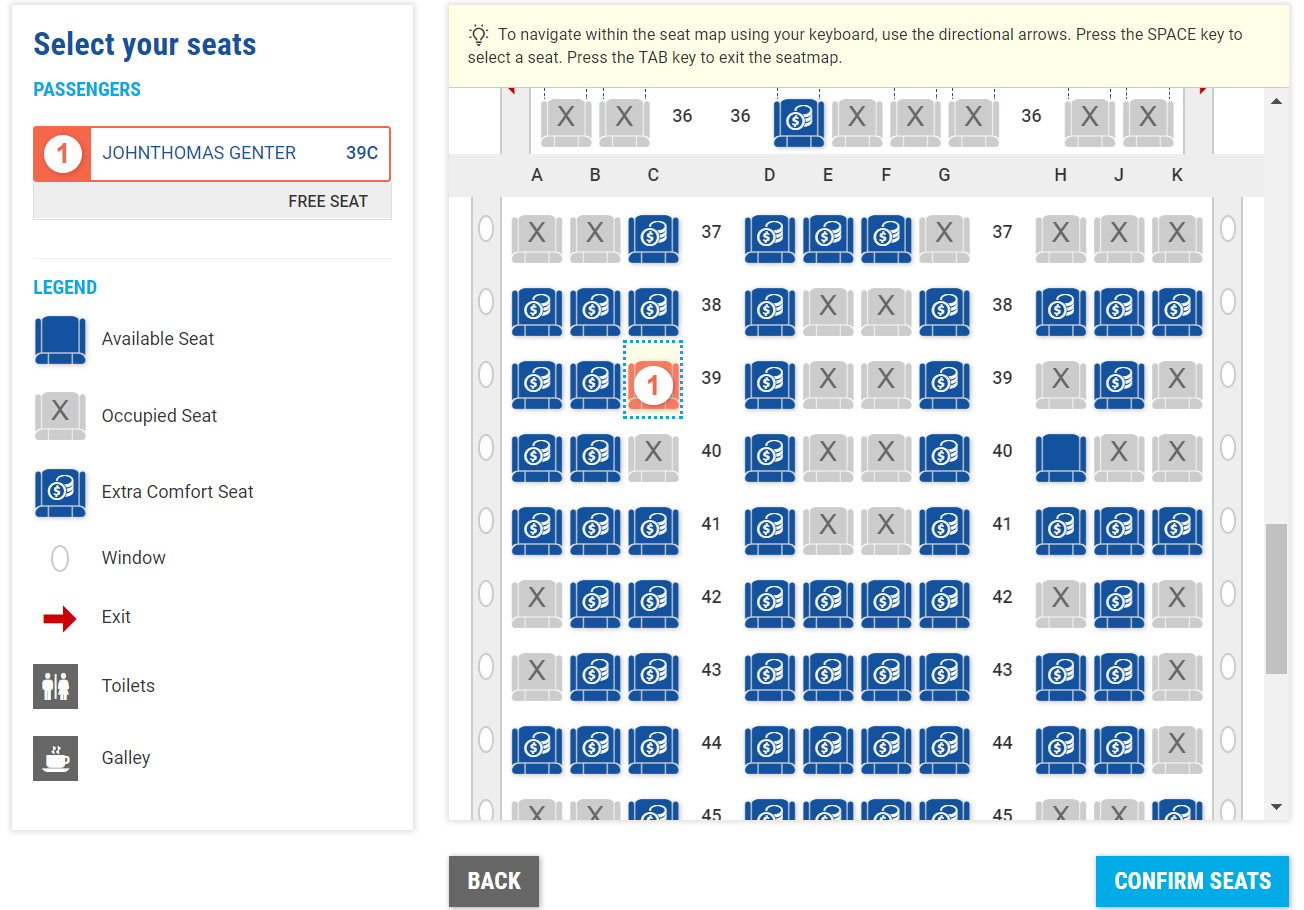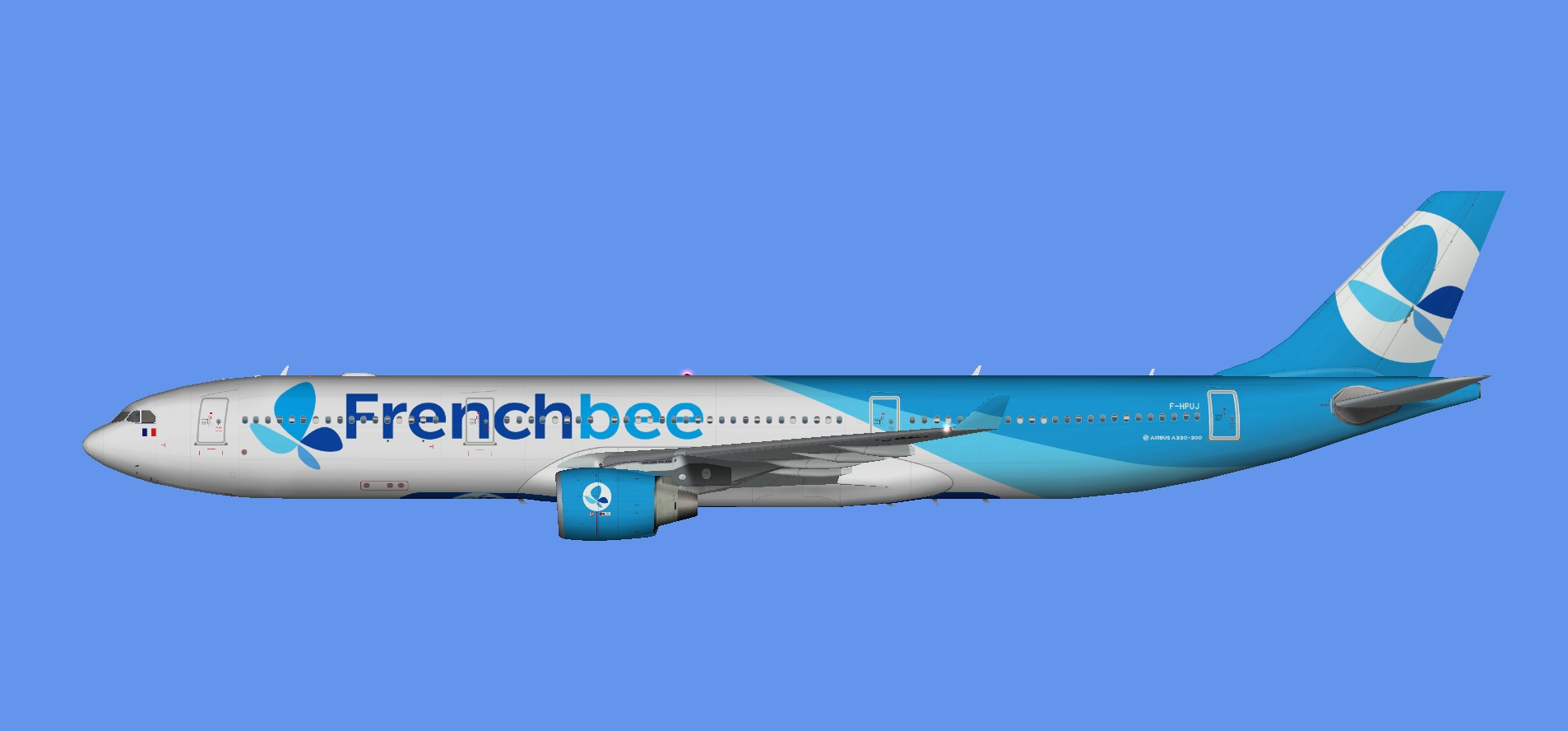


This crucially changed the configuration of the jet and adjusted the threshold for lowest-selectable speed, raising it from 166kt to 188kt. The captain told the inquiry that he realised the aircraft was too high and needed to turn left – but that the first officer was not reacting to his instructions nor those of air traffic control.īEA says the captain took control of the aircraft – about 1min 20s after the initial go-around order – but another crew member, probably the first officer, deployed the speedbrakes unannounced. It passed the threshold of runway 25 and, although air traffic control instructed a left turn to 180°, the disengaged autopilots meant the aircraft did not respond to changes in the selected heading. The altitude alert warning sounded continuously 6s after the A350 passed 2,000ft and the first officer did not level the aircraft until it reached 2,800ft.Īlthough the autothrottle reduced engine power to idle, the autopilot remained disengaged and the jet did not automatically descend to the selected altitude of 2,000ft. “No movement is recorded on the sidesticks,” the inquiry says. Investigators found the A350’s captain had to take on a significant workload after the first officer’s incapacitationĪs the aircraft was reconfigured for the go-around, air traffic control instructed the A350 to climb to the 2,000ft missed-approach altitude.Īlthough the first officer belatedly reduced the thrust to the ‘climb’ setting, the captain and a relief pilot in the cockpit realised the aircraft could breach this cleared altitude, and told the first officer to stabilise the aircraft at 2,000ft.īut BEA says the first officer “did not react” to this instruction and the aircraft exceeded the altitude clearance, continuing to climb at 1,800ft/min with 8° nose-up pitch. “No sidestick order is recorded,” says BEA in its inquiry.

But the aircraft continued to climb with a pitch of 8°, despite the flight directors showing the pitch should be reduced. The captain then ordered ‘soft’ go-around mode – a reduced-thrust setting from the autothrottle – with which the first officer complied. The aircraft was being flown manually by the first officer who had disengaged the autopilot a few seconds beforehand.Īs the captain ordered a go-around, in response to the alarm, the first officer applied a nose-up and slight right-roll command to the sidestick, and advanced the thrust levers to go-around power. Weather conditions were good, says French investigation authority BEA, and the crew was “surprised” when the predictive windshear alarm triggered at 1,350ft. The twinjet (F-HREV) was nearing the end of a long service from San Francisco on 4 February last year, having departed nearly 3h late, and had been established on the ILS approach for runway 25. Airline Business special: CEOs to watch in 2021įrench investigators have detailed how a French Bee Airbus A350-900 sharply deviated from the missed-approach pattern at Paris Orly, when one of its pilots was startled and temporarily incapacitated just after an unexpected windshear alarm.FlightGlobal Guide to Business Aviation Training and Safety 2021.EDGE: A new global force in aerospace and defence.Shell Aviation: What will it take to Decarbonise Aviation?.What does the future of aviation look like in 2022?.Guide to Business Aviation Training and Safety 2022.What will it take to Decarbonise Aviation?.Airline Business Covid-19 recovery tracker.


 0 kommentar(er)
0 kommentar(er)
